
Tarus Mateen, shown performing with Brian Settles at CapitalBop's Jazz Loft MegaFest, plays Bohemian Caverns next month. Carlyle V. Smith/CapitalBop
Editorial board
The DC Jazz Festival, that 1000-watt spotlight on the citywide jazz scene, came to a close last weekend, with an invigorating day of CapitalBop-curated music and a handful of other top-notch performances. But that’s no cause to turn your attention away from the local scene. While the festival does bring jazz to a handful of venues that don’t typically present the music and it does draw particularly big-name artists, it’s an open secret that the DCJF largely lives on the strength of a scene that thrives all year round.
If you glanced at the DC Jazz Festival listings in the past couple weeks, you saw the names of dozens of venues, and scores of local artists. Most of those locales and almost all of those musicians present jazz year in and year out. With that in mind, here’s a list of five ways the curious music listener can enjoy life after the DC Jazz Festival.
1. Discover a local innovator at Bohemian Caverns’ Tuesday night residency series
Since last year, Bohemian Caverns has boasted a strong artist-in-residence program that every month gives the club’s Tuesday night gig to a different D.C. musician. The idea is to help cats who are just getting off the ground as bandleaders — or who are looking to test a new approach — do so somewhere other than the practice studio. This month, vocalist and Monk Competition semifinalist Kiyem Ade plays every Tuesday; in July, it’s bassist Tarus Mateen’s turn. It will be especially thrilling to hear Mateen display his own concept. He’s recorded with Jason Moran, Marc Cary and so many others, and has toured with not just Roy Hargrove and Betty Carter but also hip-hop groups Goodie Mob and Outkast. Now it’s time for the 44-year-old, whose corpulent and assertive instrumental approach contrasts with his hesitance to lead his own band, to take his deserved place at the helm.
2. See things through the musician’s eyes at an HR-57 jam session
There’s nothing more foundational to the development of jazz – and no better way to get acquainted with its internal politics of mentorship, catharsis and ascension – than to hang out at a jam session. The best jam in town is at HR-57 on Wednesday and Thursday nights. This is the session that’s most frequently filled with commanding local players, as well as up-and-coming college students. The popular club is in the midst of its second move in a year and a half; it will have a soft reopening later this week at 1007 H St. NE. That’ll most likely be either Wednesday or Thursday, according to owner Tony Puesan, so keep an eye on hr57.org or CapitalBop’s D.C. jazz calendar.
3. Treat yourself to a luxurious night at the theater
A year or two ago, I wouldn’t have had much to say for D.C.’s high-brow concert hall circuit. But the Kennedy Center recently made a hard break with its past self (which privileged the view of jazz as a strictly defined, “American classical music”) by hiring Jason Moran as artistic advisor for jazz. (Check out his statement on page two of the upcoming jazz season’s program.) And H Street’s Atlas Performing Arts Center has also dived headlong into adventurous jazz presenting. At the Kennedy Center, tickets can be as low a $16, if you’re willing to check out a younger and less established ensemble (admission to nightly Millenium Stage shows, which sometimes feature jazz, is entirely free) and Atlas shows are typically $25 a pop — both are relatively affordable options, considering the opulent settings. Add to that occasional performances at Strathmore, THEARC and other concert halls, and you’re looking at a range of venues with high-profile jazz performances.
4. Tap into jazz’s explorative frontier with Transparent Productions
For this item, we revisit Bohemian Caverns – the reemergent U St. venue that the City Paper has crowned the “new king” of D.C. jazz clubs. The underground den has been broadcasting dispatches from jazz’s outer limits since last September, when it began a partnership with longtime experimental presenters Transparent Productions. Bobby Hill, a disc jockey on 89.3 WPFW and Transparent’s main brain, told CapitalBop last year: “We try to do something different – present music that generally isn’t presented here in D.C.” With the outfit’s “Sundays at 7 at the Caverns” series, Hill has been doing that to sparkling success. In the coming months, Transparent has shows lined up featuring D.C. guitar/cello/loop artists Janel & Anthony (June 24), local saxophone star Brian Settles (July 1), and New York City-based multi-instrumentalist Ned Rothenberg’s Sync trio (Sep. 16).
5. Pick up a CD
That jazz’s history is charted through recorded documents is both unfair and ineluctable. The music – improvisational and fabulously fleeting – simply hits harder live. But every once in a while, you’ll find a record strong enough to support endless listens, the sort of thing that you’ll spin so many times you can sing all its solos and tap along to every drum break. In the past year and a half, a number of local musicians – from fledglings to veterans – have released thrilling debuts, many of which warrant permanent places in a jazz fan’s library. In lieu of a local record shop that stocks new jazz, check out CapitalBop’s guide to the top five records of 2011 (each album on the list is a debut, including work from Brian Settles, Donvonte McCoy and Victor Provost), as well as our honorable mentions list. And keep an eye out for even newer selections: Veronneau just released Jazz Samba Project, and tenor saxophonist Elijah Jamal Balbed’s inaugural recording is due out later this year. ![]()

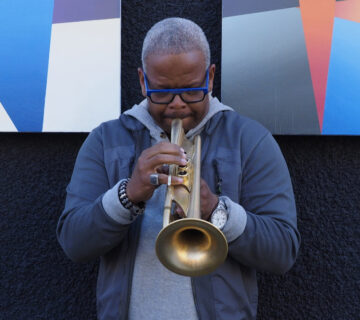
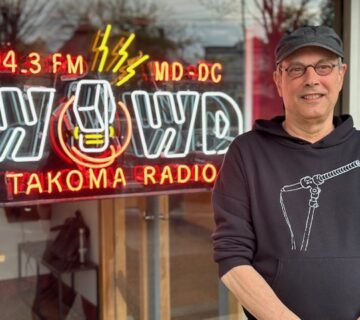
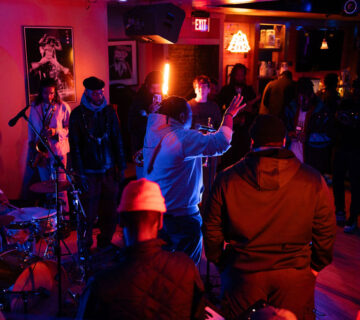
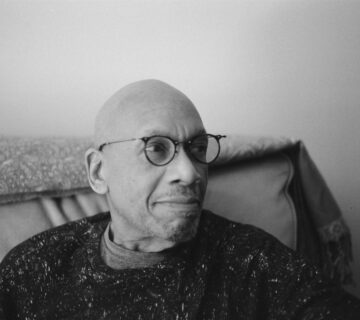
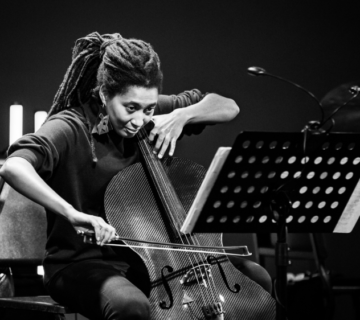
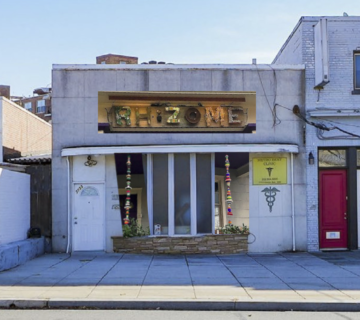
Join the Conversation →